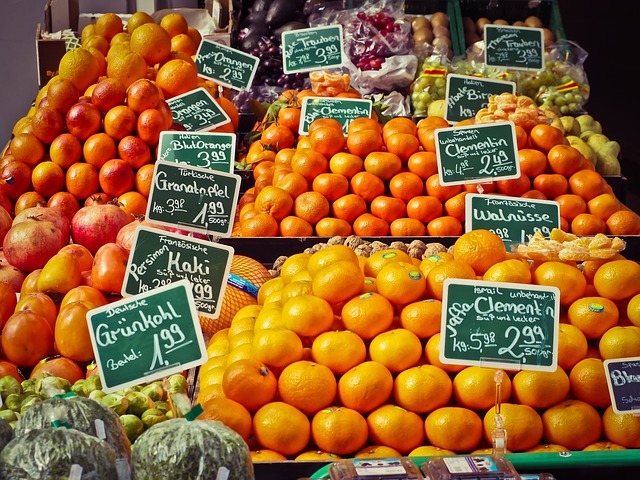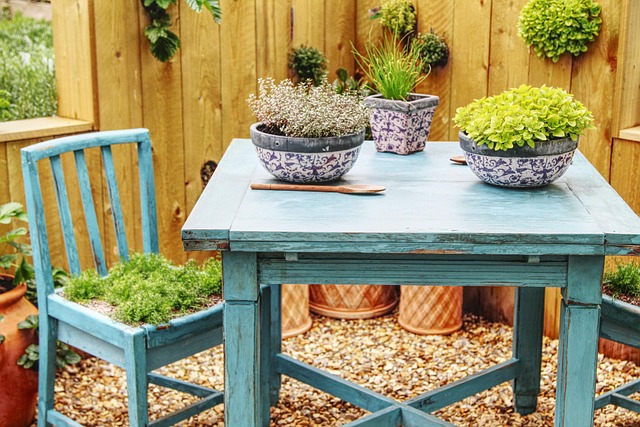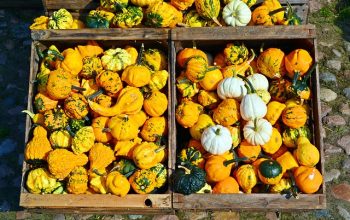Composting is an eco-friendly yard waste removal and recycling method that transforms organic matter into a valuable gardening resource. By creating nutrient-rich compost, gardeners improve soil structure, drainage, and aeration, fostering plant health and growth. This natural fertilizer can be easily integrated into various gardening practices, from vegetable beds to flower gardens. Effective composting involves balancing nitrogen-rich (green) and carbon-rich (brown) materials, maintaining optimal moisture levels, and regular aeration for successful yard waste removal and the creation of a powerful gardening tool.
Compost creation is an eco-friendly practice that transforms kitchen and yard waste into a valuable resource for garden enthusiasts. In this comprehensive guide, we’ll explore how to harness the power of compost for healthier plants and soil. From understanding its benefits to mastering the art of layering and maintaining optimal conditions, we’ll equip you with the knowledge to start your own composting journey. Learn about effective yard waste removal and recycling techniques, ensuring a sustainable approach to gardening.
- Understanding Compost: The Benefits for Your Garden
- Yard Waste Removal: What to Collect and How to Prepare It
- The Art of Layering: Building a Composter Pile
- Aeration and Moisture Balance: Nurturing Your Compost
- Using Compost: Incorporating It into Your Gardening Routine
- Common Mistakes to Avoid in Compost Creation
Understanding Compost: The Benefits for Your Garden

Compost is a natural, nutrient-rich material that’s a garden enthusiast’s secret weapon. It’s created through the decomposition of organic matter like yard waste and food scraps. This process not only reduces waste but also transforms it into a valuable resource for your garden. By incorporating compost into your gardening routine, you’re offering your plants a host of benefits.
Compost improves soil structure, enhancing drainage and aeration. It also acts as a slow-release fertilizer, providing essential nutrients to support plant growth. This organic approach to yard waste removal and recycling is not only eco-friendly but also promotes healthier, more vibrant gardens.
Yard Waste Removal: What to Collect and How to Prepare It

Yard Waste Removal: What to Collect and How to Prepare It
For garden enthusiasts looking to create quality compost, understanding yard waste removal is key. Start by collecting organic materials that are suitable for composting. This includes items like grass clippings, leaves, plant trimmings, and food scraps from your kitchen. Avoid adding non-biodegradable materials such as plastic, metal, or synthetic fibers, as they can hinder the decomposition process.
When preparing yard waste for recycling through composting, ensure that materials are chopped into smaller pieces to speed up decomposition. This can be done using a lawnmower or shears. Additionally, maintaining a balanced mix of green (nitrogen-rich) and brown (carbon-rich) materials is essential. Green items like grass clippings and food scraps provide nitrogen, while brown materials such as dry leaves and wood chips offer carbon. Balancing these elements promotes efficient composting and enhances the quality of your finished compost.
The Art of Layering: Building a Composter Pile

The art of layering is a crucial step in creating an effective compost pile, especially for dedicated garden enthusiasts looking to reduce yard waste removal. It involves meticulously arranging different materials in layers, ensuring a balance between greens and browns. Greens, such as vegetable scraps and grass clippings, provide nitrogen, while browns, like dried leaves and wood chips, offer carbon. This layering process mimics nature’s own composting methods, accelerating the breakdown of organic matter through microbial activity.
By maintaining a proper stack, where layers are alternated consistently, air circulation is facilitated, promoting healthy decomposition. Garden enthusiasts should strive for a 30:1 carbon-to-nitrogen ratio, which can be achieved by incorporating roughly four parts browns to one part greens. This balance ensures efficient recycling of yard waste, transforming it into nutrient-rich compost that can revitalize gardens and reduce environmental impact.
Aeration and Moisture Balance: Nurturing Your Compost

Aeration and Moisture Balance: Nurturing Your Compost
Proper aeration is key to creating healthy compost. Just like plants need oxygen for growth, compost piles require adequate airflow to prevent rotting and encourage microbial activity. Regular turning of the pile ensures that all materials receive enough oxygen, leading to faster decomposition and richer end product. To maintain optimal conditions, keep your compost pile moist but not waterlogged. Aim for a consistency similar to a wrung-out sponge. This balance of moisture and aeration creates an environment where beneficial bacteria thrive, breaking down organic matter efficiently.
By managing these factors, you facilitate the natural process of yard waste removal and recycling. Organic materials from your garden, such as leaves, grass clippings, and food scraps, transform into nutrient-rich compost that can be used to enhance soil health and promote lush plant growth in your garden. This sustainable practice not only reduces waste but also contributes to a vibrant and thriving outdoor space.
Using Compost: Incorporating It into Your Gardening Routine

Compost creation is a rewarding practice for garden enthusiasts, offering numerous benefits beyond reducing yard waste removal costs. By integrating compost into your gardening routine, you enhance soil structure, improve drainage, and provide essential nutrients that promote plant health and growth. This natural fertilizer can be used across various planting zones, from vegetable beds to flower gardens, encouraging lush, vibrant results.
Incorporating compost is simple and versatile. You can mix it into the soil before planting or use it as a top dressing to enrich existing plants. For those looking to reduce their environmental impact, composting yard waste and recycling it back into the garden is an eco-friendly solution that minimizes landfill contributions while fostering a healthier ecosystem for your plants and community.
Common Mistakes to Avoid in Compost Creation

Creating compost is a rewarding practice for garden enthusiasts, but it’s not without its pitfalls. Many gardeners fall into common traps when it comes to composting, which can hinder the process and result in less-than-ideal compost. One of the primary mistakes to avoid is failing to balance green and brown materials. A successful compost pile requires a mix of nitrogen-rich “green” waste, like vegetable scraps and fresh grass clippings, and carbon-rich “brown” waste, such as dried leaves and wood chips. An imbalanced compost pile can slow down decomposition or even attract unwanted pests.
Another error is improper moisture management. While it’s essential to keep the compost moist, overwatering can lead to a foul odor and anaerobic conditions, hindering microbial activity. Conversely, too little water can cause materials to dry out, slowing down the composting process. Gardeners should strive for a damp, soil-like consistency throughout the pile, ensuring efficient decomposition and effective yard waste removal and recycling.
Compost creation is an eco-friendly practice that not only enriches your garden but also contributes to sustainable yard waste removal and recycling. By understanding the benefits, properly collecting and preparing materials, building a balanced composter pile, and using compost effectively, you can transform organic waste into a valuable resource for your gardening routine while minimizing environmental impact. Avoid common mistakes, and soon enough, your garden will flourish with the nutrients from your very own compost.



